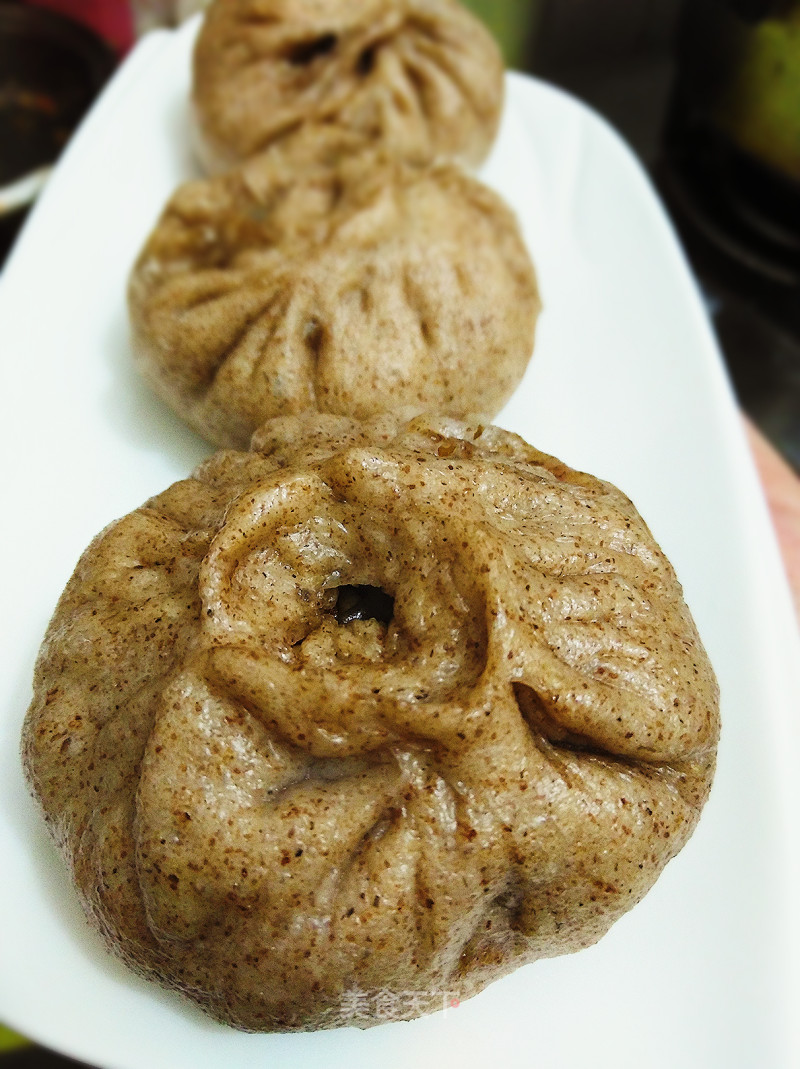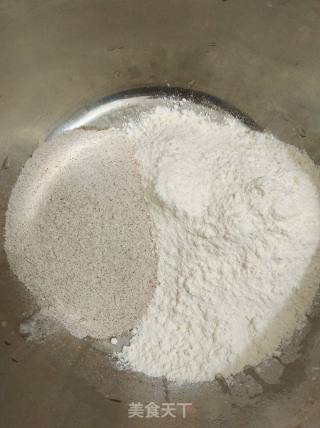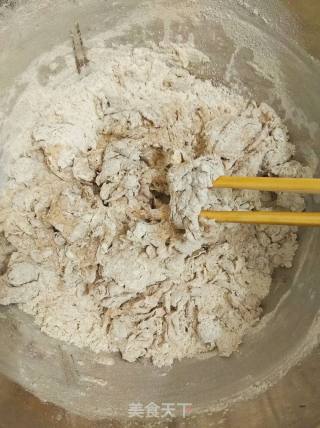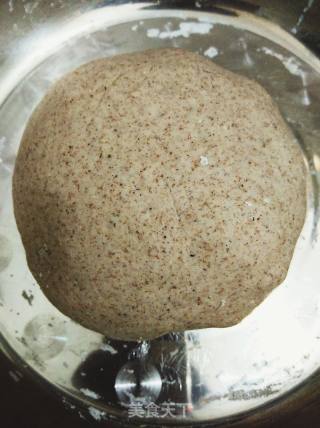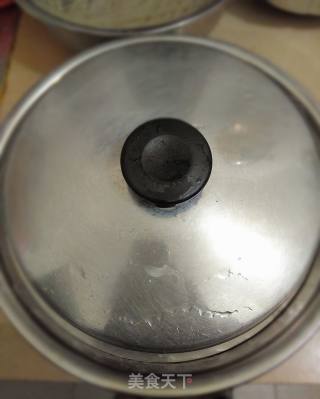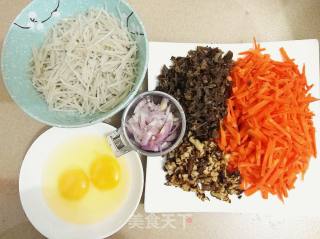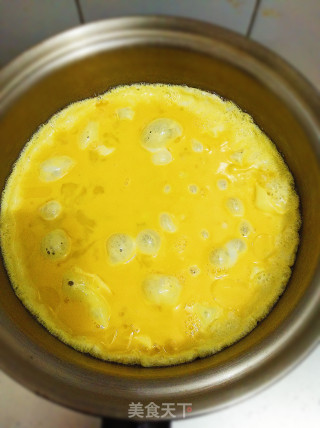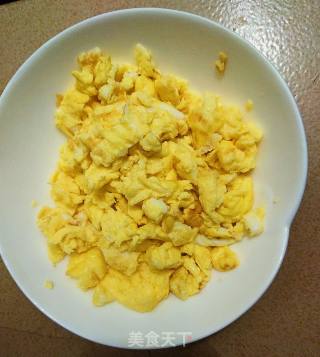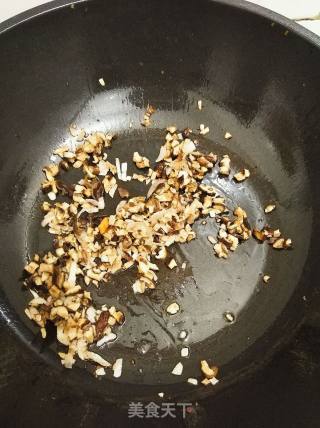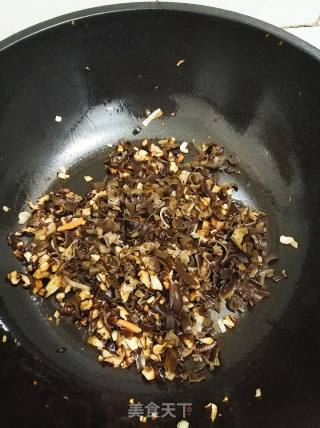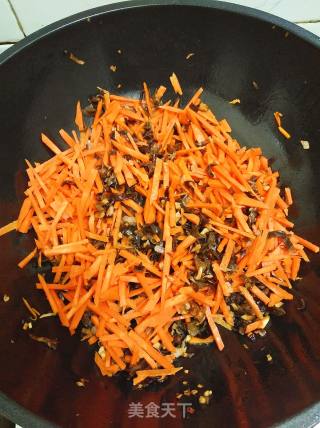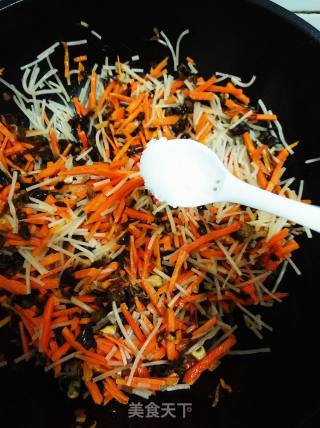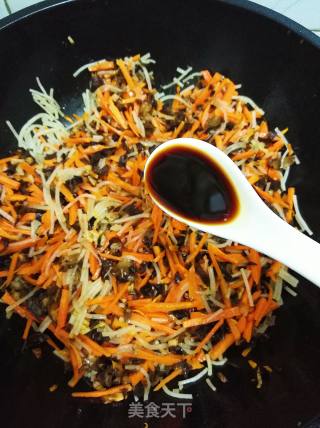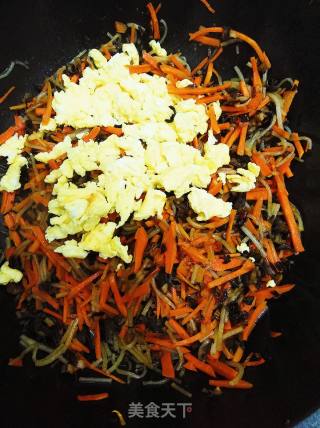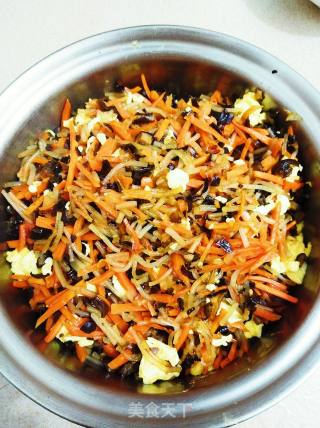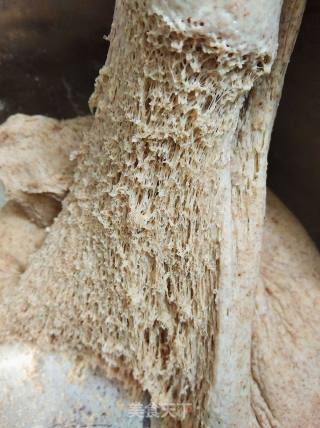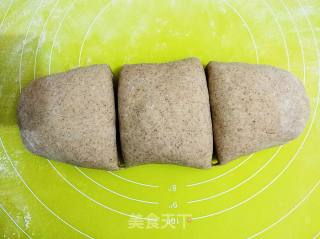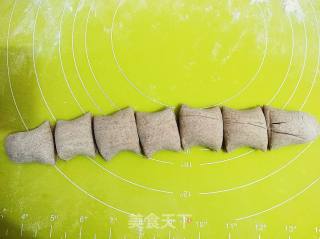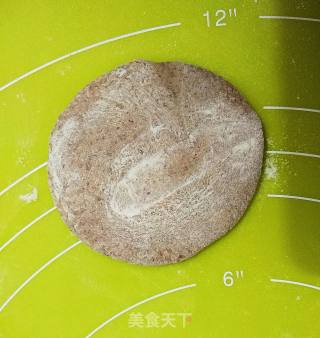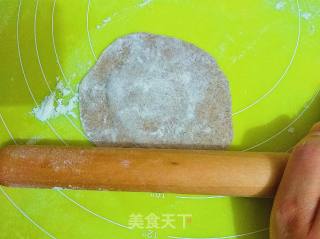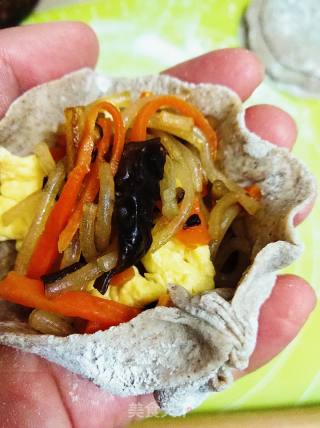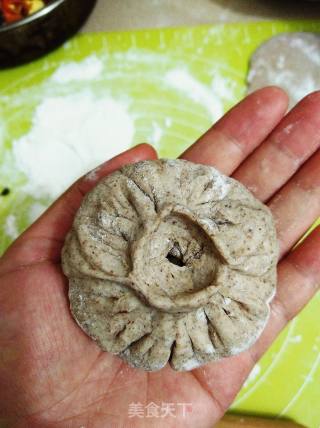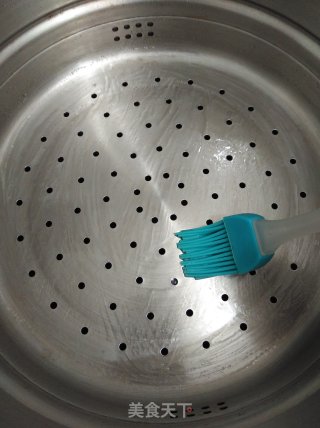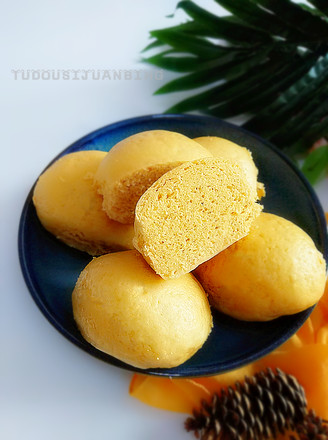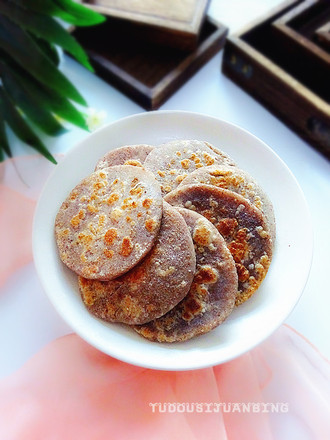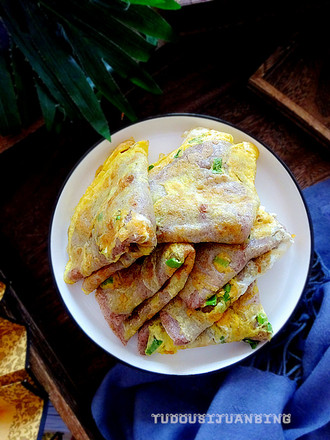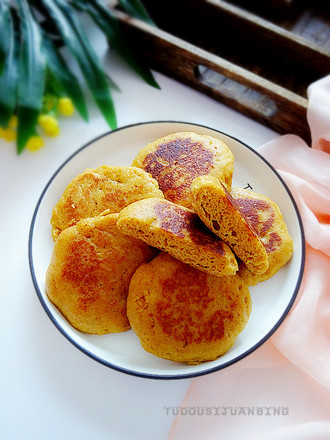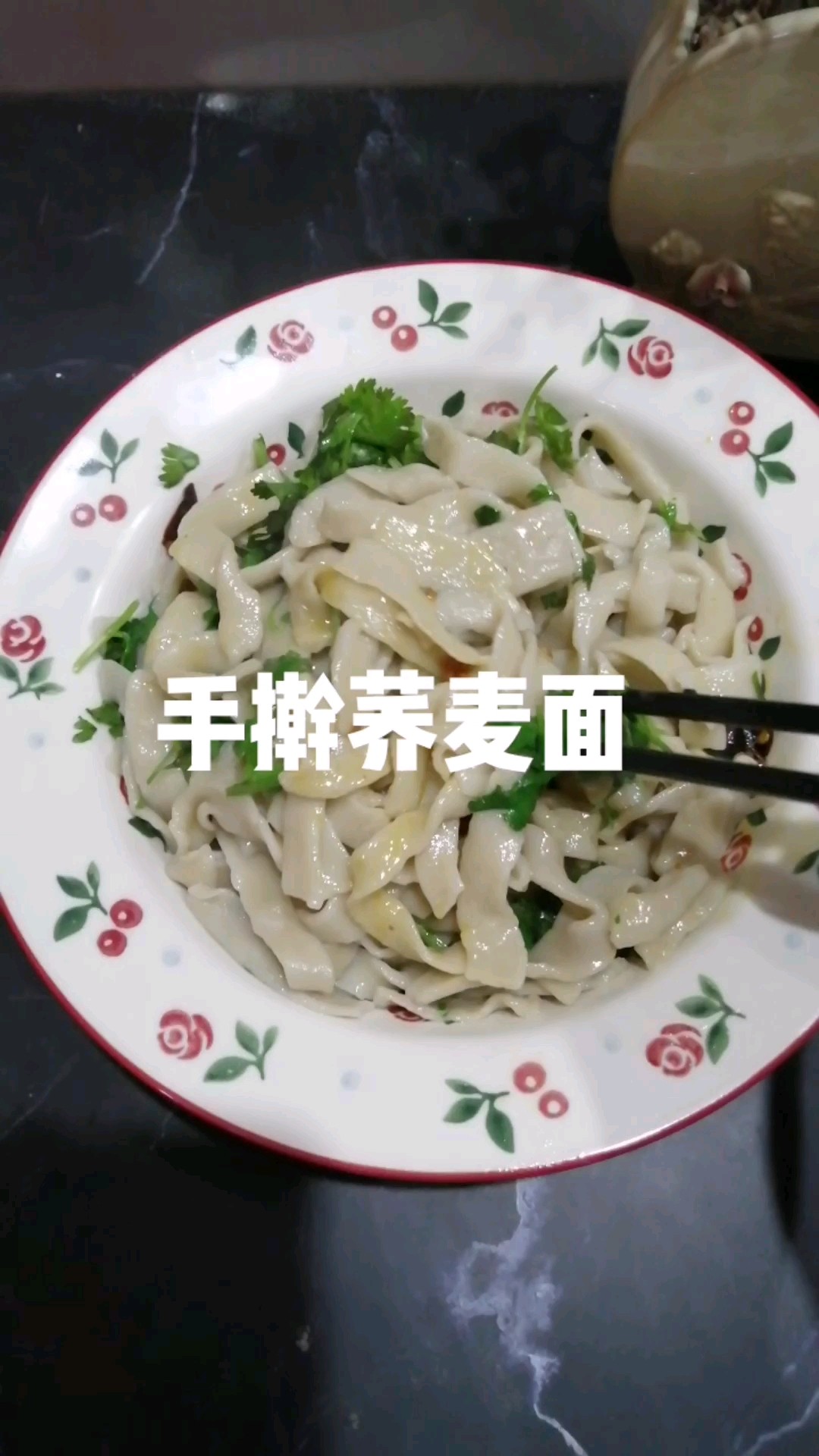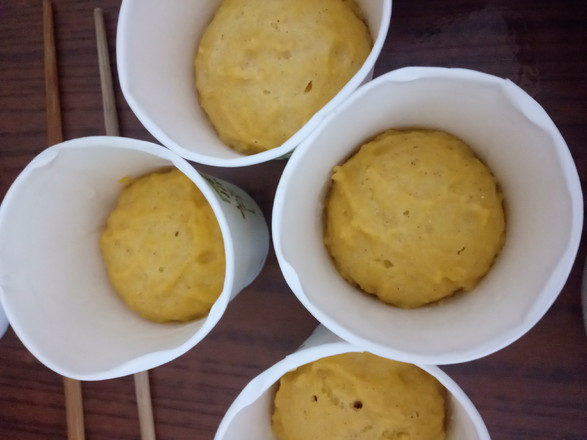Rye Vegetable Buns
1.
Put the white flour and rye flour in a larger basin.
2.
The yeast powder is dissolved in 30 degrees warm water to activate the activity of the yeast!
3.
Pour the yeast water into the flour and stir it with chopsticks, then add warm water little by little and stir until it becomes flocculent.
4.
Mix the dough into a smooth dough with your hands without excessive kneading.
5.
Cover the lid and leave it in a warm place to ferment for more than one hour. It can be fermented in an oven. If there is no oven, you can boil a pot of warm water at 50 degrees. Put the bowl containing the dough into the pot to ferment. Don't put it directly in the water. Put a shelf to pad it.
6.
The time for the dough to ferment to prepare the filling. The vermicelli, fungus and mushrooms need to be soaked in advance and then chopped. The carrots are cut into short filaments, and the shallots are chopped.
7.
Put the oil in the pan and fry the beaten eggs until they are slightly golden, then use chopsticks to chop them.
8.
Take out the eggs and set aside.
9.
Receive a pot of oil, put the shallots and sauté fragrant.
10.
Stir-fry the dried shiitake mushrooms to create a fragrance.
11.
Put the fungus and stir fry. At this time, stir fry on a small fire, because the fungus will pop and be splashed.
12.
Add carrot shreds and stir-fry to Microsoft.
13.
Continue to put the vermicelli to stir fry, because the vermicelli is more water-absorbing, so you can put some water appropriately.
14.
Add an appropriate amount of salt, remember to taste the saltiness, the dishes that are usually fried are slightly saltier.
15.
Season with soy sauce.
16.
Put the egg in, sprinkle some pepper and stir fry evenly.
17.
Take the fried dishes out of the pot and let them cool for later use. At this time, I secretly ate a handful of it unconvincingly. It's really fragrant.
18.
The dough has been fermented and it is twice as big as before. Just pin a hole in the middle of the dough with your hands without shrinking it.
19.
When you pull up the dough, you can see the honeycomb structure, indicating that the dough is better fermented.
20.
Sprinkle with dry flour, knead the dough a little to remove the air, then knead it into strips and divide it into three evenly with a knife.
21.
Take a piece of dough and knead it into thin strips, then use a knife to cut into even noodles. Remember to cover the remaining two pieces of dough to moisturize.
22.
Take a piece of dough and flatten it by hand, and then roll it out slightly with a rolling pin.
23.
Use a rolling pin to roll the dough thinly from the outside to the inside.
24.
Put the filling on the rolled dough, and pinch the wrinkles around the dough with your hands, as shown in the figure, pinch it in one direction from one side. This is a lot of practice, and the folds I have pinched so far are not perfect and reluctant, ha ha.
25.
That's how it looks when it is packaged! Haha, this is the most beautiful bun I have ever made.
26.
Brush the steamer with cooking oil to prevent sticking.
27.
Put the buns in one by one, leaving space between the buns to avoid sticking together, because the buns will have to be fermented again.
28.
The buns are out of the pot, eat them while they are hot!
29.
The thin skin is big and the stuffing is delicious!
Tips:
1. Mixing yeast into warm water can make the dough better ferment, the water temperature should not exceed 40 degrees, too hot will scald the yeast to death.
2. The vegetables do not need to be fried too well, just soften, and the oil can be slightly more.
3. After the buns are wrapped, they must be fermented a second time. The water in the pot should not be too hot. Turn off the heat immediately after a little bit of heat comes up. Cover the steamed buns with a damp cloth to prevent the surface from drying out.
4. The best temperature for dough fermentation is 30 degrees, and fermentation at room temperature takes about 2-3 hours.

